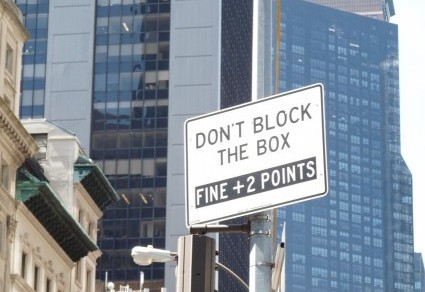Travel enlightens the mind. Reading signs while traveling lightens the mood. I certainly smiled when I saw these! The first comes from my daughter-in-law, who snapped this photo in Japan:

How clever to warn walkers that someone may barrel into them unexpectedly! New York City should post this sign on every corner. Mid-block, too.
Here’s an intriguing subway placard:

I really can’t imagine what PRE-HEALTH might be. Is this something you study while you’re sick, preparing for the day when you’re not? Or do the courses cover recuperation? (Theories welcome.)
Now for a dance-school ad:

BABY MUSIC is as mysterious to me as PRE-HEALTH. Does this school enroll diapered dancers? Do they teach synchronized burping? (Theories welcome here also.)
I saw this one is in a public library:

Obviously, someone had a good time peeling off the letters S and C. I wish the peeler had left the C in place so I could watch library patrons peer downwards to the left in search of Santa helpers. Alternatively, I’d erase heck so the sign would urge readers to let their inner elves shine.
Whether you’re vacationing in a different country or walking through your own neighborhood, I wish you happy travels and encourage you to snap signs you see and send them to me.






























